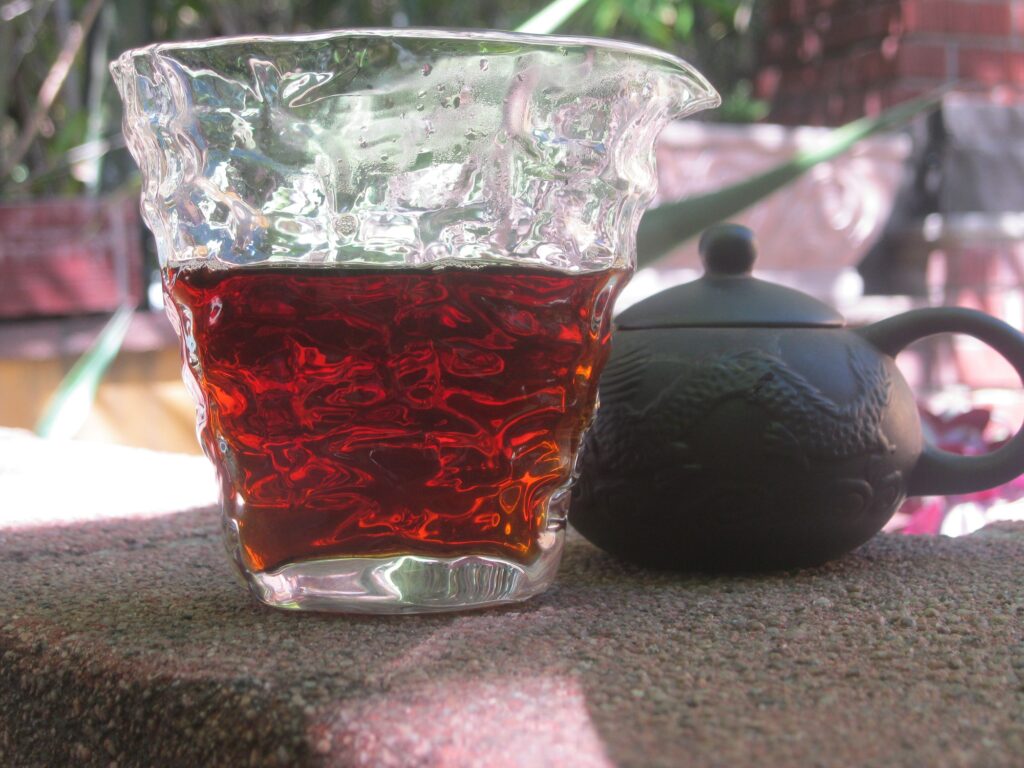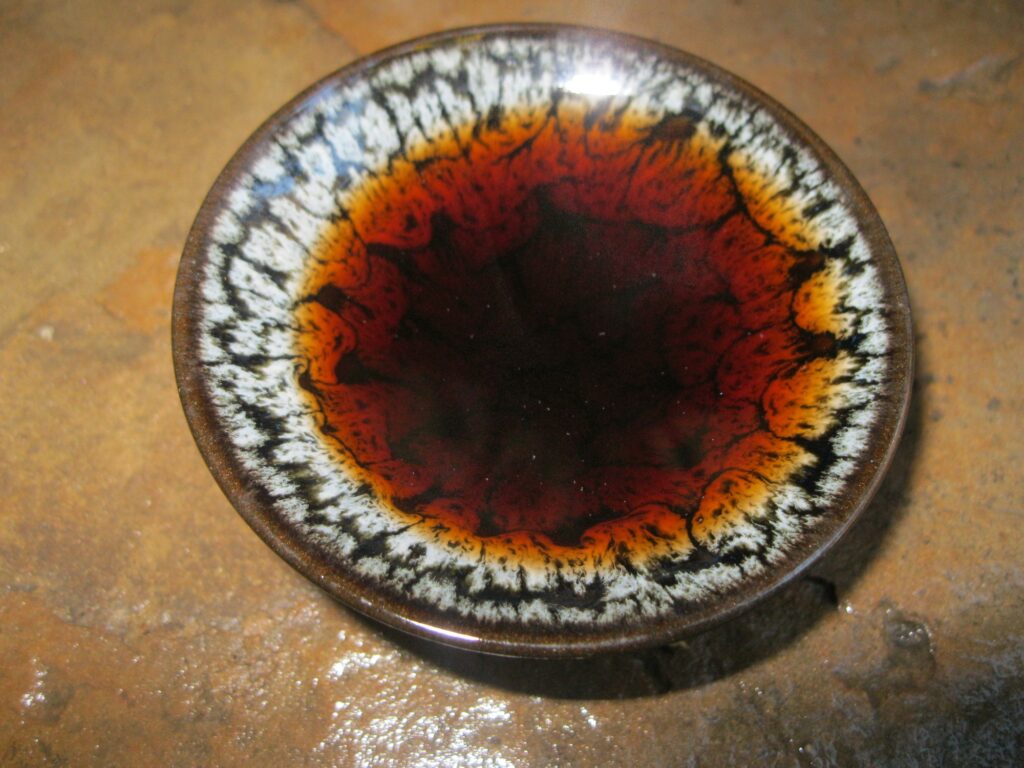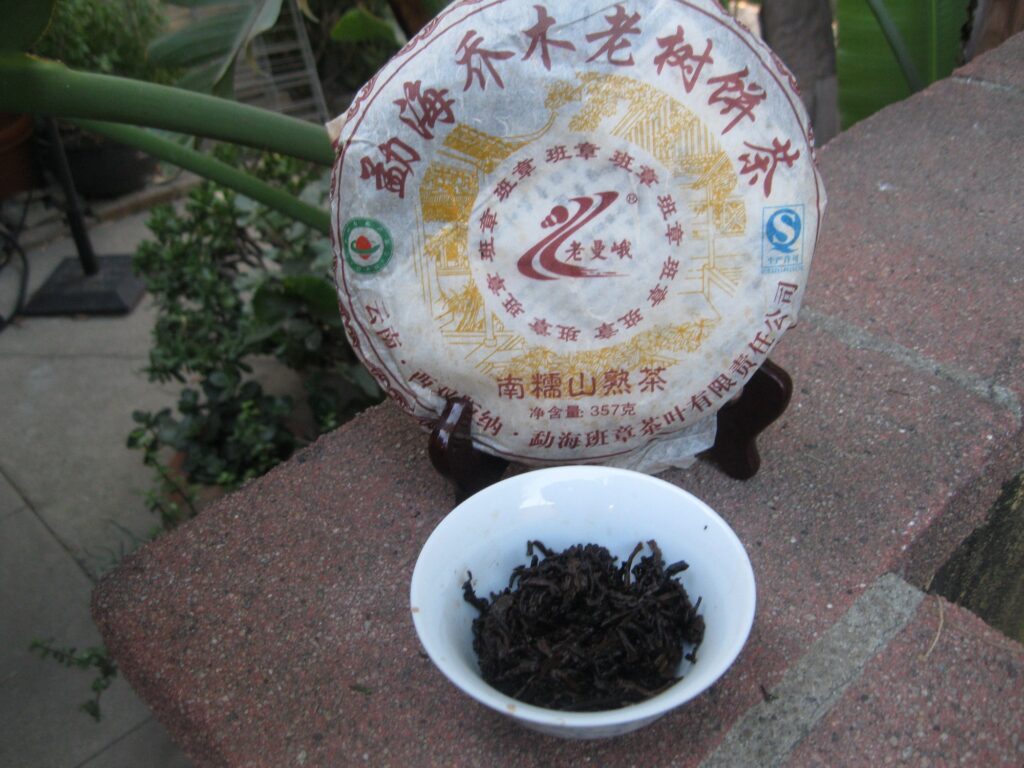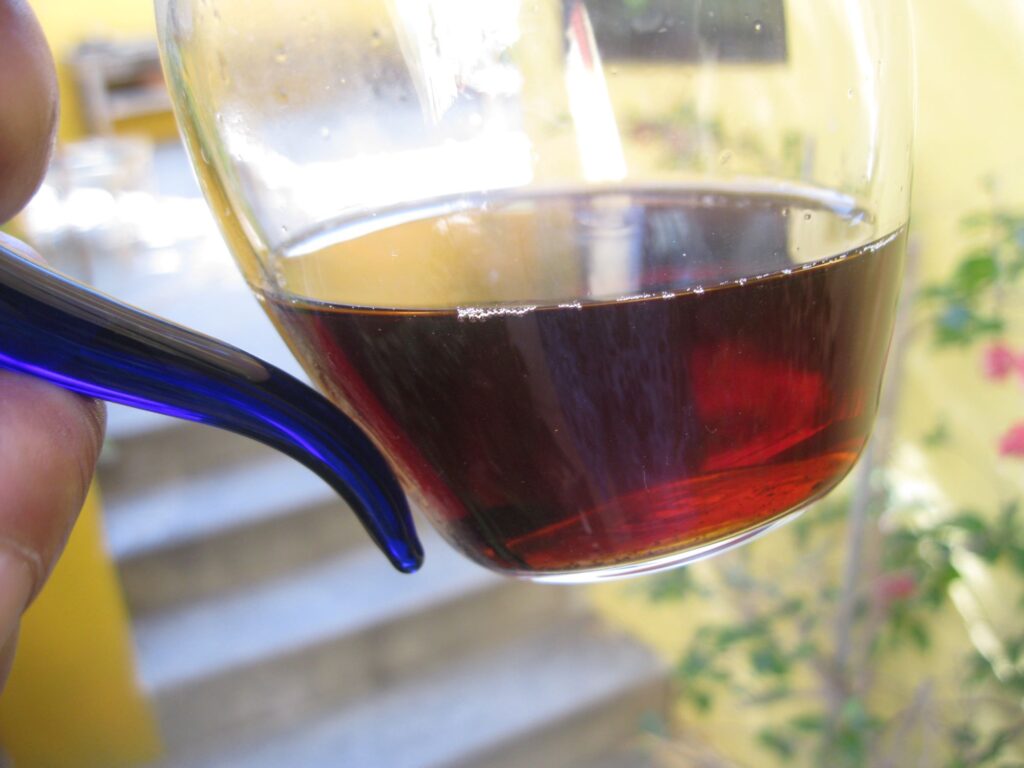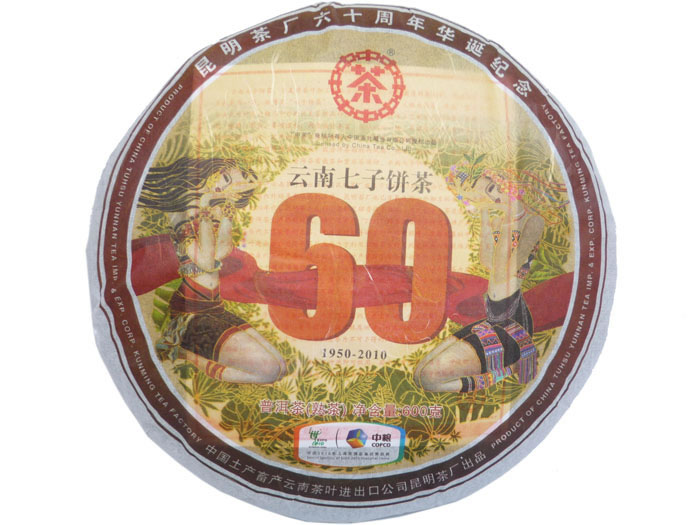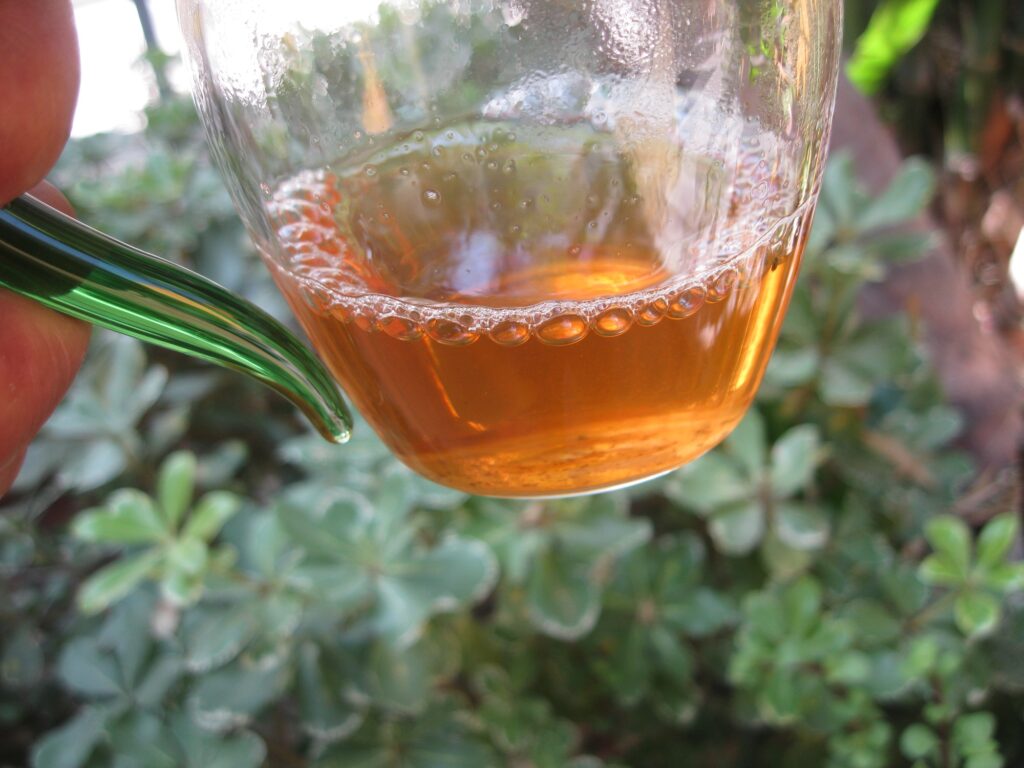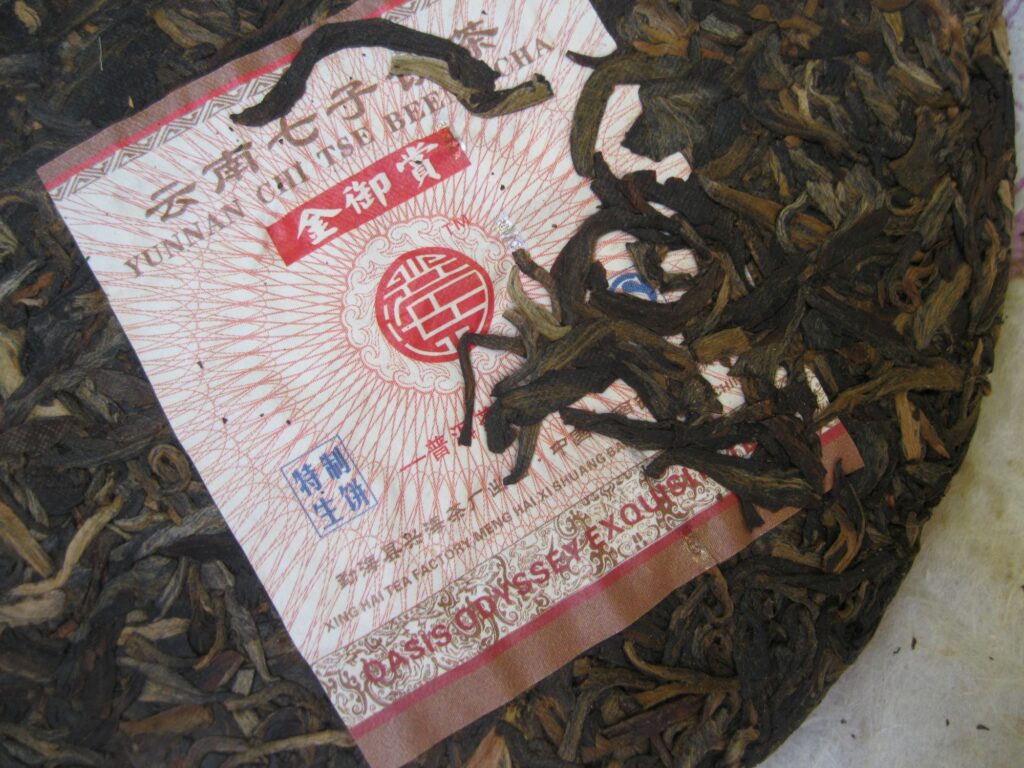Spring Ripe Puerh Taste Off V
The evening prior to Spring Ripe Puerh Taste Off IV major domos (or is that doma) Ruan, Zhang, and Du met up for an evening repast of crawfish hotpot with lots of pea greens and limitless enoki. The following day featured Mme Zhang’s third or fourth performance, while it would be the first for Mmes Ruan, of 6FTM, and Du. They chatted some about the old days at Menghai TF but mostly the deliciousness of the enoki, the freshness of the crawfish, and nuance of the Sichuan-style broth. If Domo Zhang appeared more relaxed than her compatriots, if she found the crawfish just a smidge juicier, then it no doubt could be attributed to her already having Operation Macau advance to championship round earlier in the day. Day V uncertainties weighted in the minds of Domos Du and Ruan. Let’s get down to the day’s action.
Spring Ripe Puerh Taste Off IV
- ’02 Purple Mark, 6FTM
Light cocoa, Tootsie roll, slight camphor, strong qi, super velvet mouthfeel. - ’06 T8371, Zhongcha
Light oud, balance, hint of red hots, astringency, bitterness, petrichor, big aroma, cocoa, camphor, brut. - ’05 Yiwu Commission, Du Qiong-zhi
Magical aroma in dry pot, bright, buttery, camphor, medium to light body, pine, not so sweet, noticeable qi presence. - ’08 Golden Tribute, Xinghai
Lively dry aroma, bittersweet, cocoa, oreo cookie.
Occupying opposite extremes of dark chocolate bitter punishment are the Purple Mark and Golden Tribute. Purple Mark is one of the oldest contestants, second only to Drury Lane. They perform similarly. Airing considerably improves performance. Straight from storage, it’s a lot like flat pop, silkiness aside. Golden Tributes ferocity in no way detracted from it’s performance, contending strongly for the top spot. It’s currently not listed, only three on hand.
This brings us to the two commissions. The T8371 holds distinction as being a HK commission. Judging from the recipe numbers, it’s a slight variant of the classic 7581, key being its light fermentation. This was T8371‘s heftiest performance, entering a new fermentation stage. Not to sound like a broken record, but it needed some airing. The plug-n-playability of productions often depends upon the season. Each production has it’s own personality. Every production came straight from storage. No babying allowed. It’s more than plausible that results would differ in another season. The red hots note is new exciting addition to an already excellent performer.
Process of elimination leads to the Yiwu Commission as the winner. Spring has treated this contestant most generously. The complexity of flavours with all-enveloping camphor pleased all drinkers. It held up throughout the day, while the Golden Tribute settled into less distinctive expression. Through the course of five days of mostly drinking Menghai productions, the buttery Yiwu not formed quite an extravagant contrast. Major Domo Du will be advancing to the championship round.


